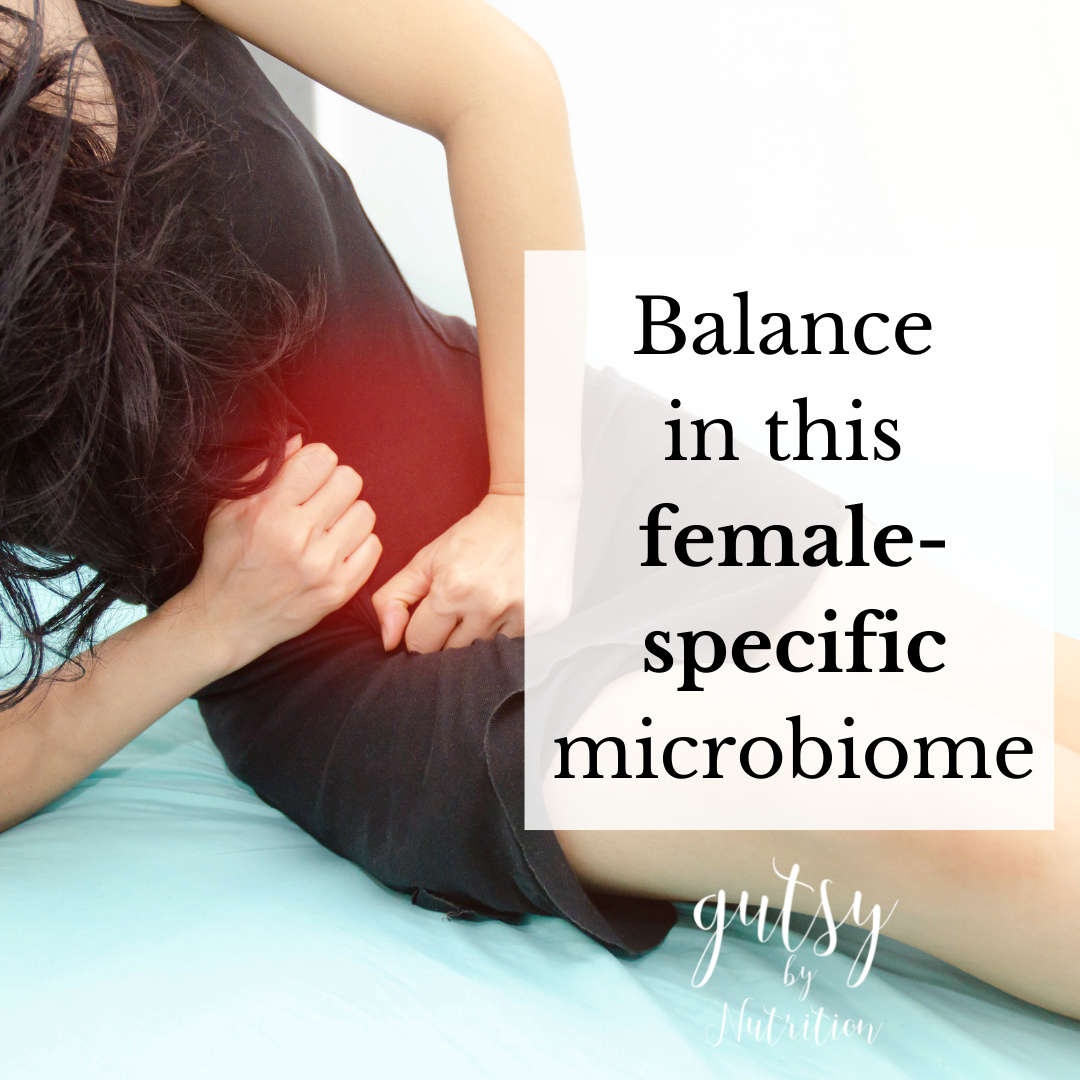Balancing this female-only microbiome
The vaginal microbiome is a specific area of the overall female microbiome.
It is characterised by a few microbial species, usually lactobacilli. Lactobacillus crispatus is especially associated with optimal vaginal health.
Unlike the gut microbiome, an increase in diversity can be associated with dysbiosis (an imbalance) such as bacterial vaginosis, candida, klebsiella and clostridium!
But healthy women may be also colonised with a non-lactobacillary microbiota.
Lactobacilli and other bacteria together with vaginal epithelial cells produce lactic acid. Oestrogens play a part in this process.
This acid is responsible for acidifying the vaginal environment, ensuring it is inhospitable for pathogens and reducing inflammatory activity. The ideal vaginal pH is 3.8-4.5.
But the vaginal microbiome doesn’t just play a role in reproductive health. A disrupted vaginal microbiome that allows pathogens to enter the body can trigger inflammatory activity impacting immune function.
Natural therapies to support vaginal dysbiosis without causing harmful side effects include:
Drinking plenty of water (many of us don’t)
UTI support might include d-mannose, vitamin C, probiotics, or herbs like uva ursi and berberine
Yeast infection eradication requires systemic and locally applied anti-fungals such as Biocidin (gentle but effective), or if needed, oregano oil (but this also eradicates good bacteria)
Probiotics by mouth should be taken with any treatment, especially with harsher ones including drugs
A natural vaginal suppository that includes Lactobacillus probiotics can help manage symptoms and support balance
Importantly, diet doesn’t just impact the intestinal microbiome, but vaginal microbial diversity:
Reducing / eliminating sugars, refined carbs and alcohol often alleviates vaginal symptoms and prevents recurrence
Women with recurring yeast infections may need to follow an anti-candida and/or low-mould diet, and also restore balance in their gut
Eating a whole foods diet filled with vegetables, fermented foods, good fats and natural proteins

